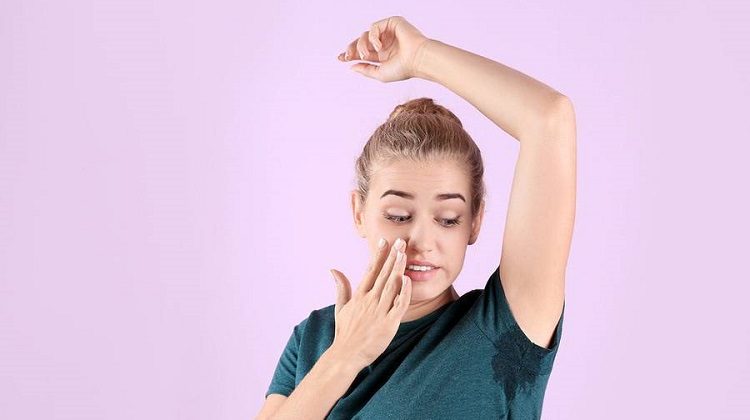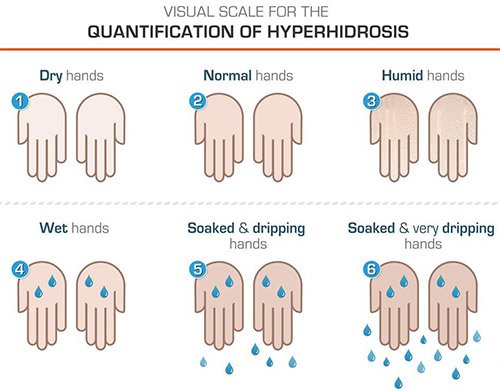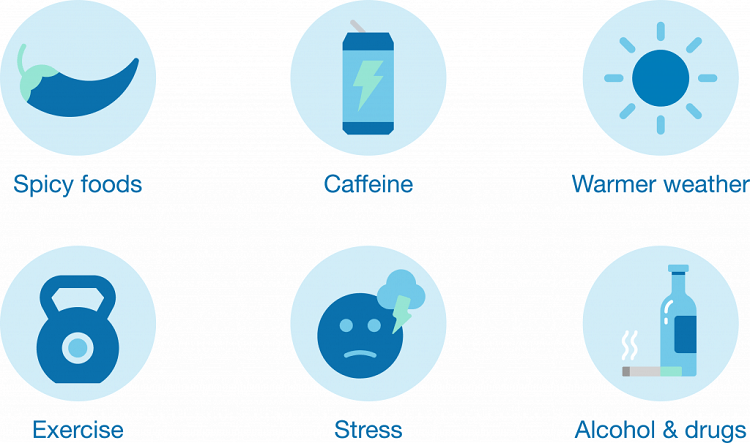
Did you know that an estimated 7.8 million Americans have a condition called hyperhidrosis? Hyperhidrosis can be an embarrassing and inconvenient condition, especially if you work in a public setting.
Botox treatment for Hyperhidrosis
However, new breakthroughs in Botox treatment practices have given hope to many Americans suffering from hyperhidrosis. Hyperhidrosis most commonly affects the feet, hands, face, and armpits. When it affects the armpits, it can lead to distressing situations as it has a tendency to cause you to sweat through your clothing, and leave noticeable stains on your clothes.
Do you have hyperhidrosis?
Hyperhidrosis has many symptoms, including clammy or wet palms, clammy or wet soles of the feet, or the fact that you noticeably sweat through your clothing under the armpits, back, and in other areas. It can more lead to other problems as well, like fungal and bacterial infections of the skin.

It can also cause social issues, with many becoming withdrawn and depressed due to embarrassment. In other people, the fear of developing a bad body odour forces them to choose jobs that aren’t in public settings and even avoid social commitments altogether.
How can Botox help with hyperhidrosis issues?
Botox treatments block the secretion of the chemical that signals your sweat glands to start producing sweat. When hyperhidrosis is treated with Botox, the area is anaesthetized and then a series of injections are delivered directly to the sweat glands in the armpit or other affected area. It is also highly effective with excessive sweating in the hands, feet, and face, and isn’t limited to hyperhidrosis of the armpits.

Within 14 days, you can expect to be sweating far less, in what is considered a “normal” capacity. When used to treat underarm sweating, Botox treatments have been proven to reduce sweating in the area by 80% to 87%, with full results visible in the first 14 days of receiving the treatment.
Conclusion | Botox treatment for Hyperhidrosis
Botox treatment for hyperhidrosis isn’t permanent, however, and most find they need to repeat the procedure every four to six months to continue observing the benefits.

